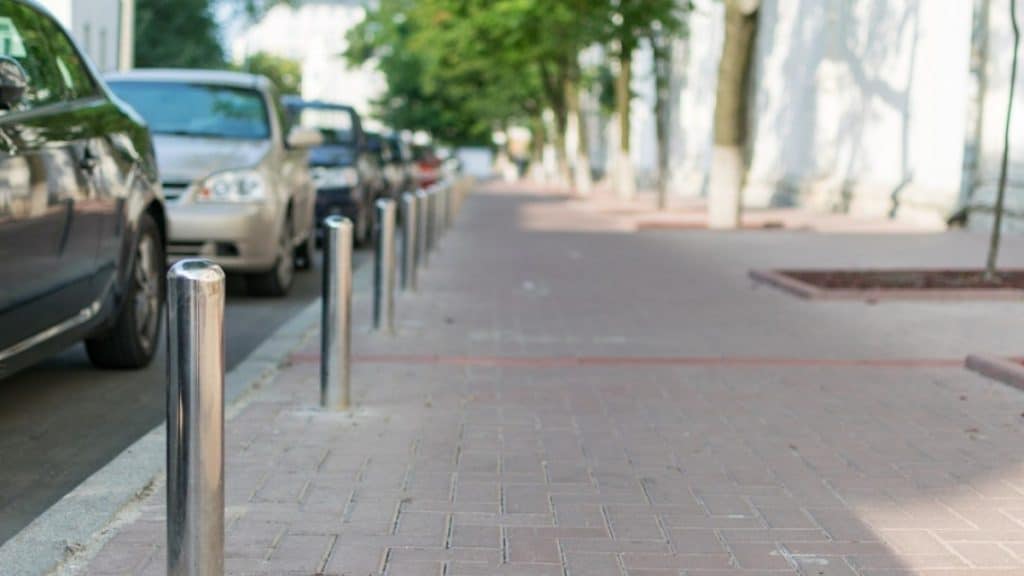The most crucial responsibility of a property owner in New York City is to maintain the sidewalk. The Department of Transportation (DOT) has set specific rules based on which, if you neglect the sidewalk, it can lead to regulation violations and drag you toward legal issues. Thus, it is essential to understand the most common sidewalk violations to prevent them in the future. Here, we discuss the sidewalk violations you should not commit, as these are meant to ensure pedestrian safety.
1. Trip Hazards
Often, due to ground settling or tree roots, the sidewalk flags can become uneven; this can also occur due to long-term wear and tear of the sidewalk. However, you should always be cautious about this aspect as it can lead to tripping hazards. Even a difference in height as small as ½ inches can lead to tripping, which becomes a risk for the pedestrian. So, if you are not repairing it on time, it becomes a DOT violation.
2. Collapsed Sidewalks
You will find that often, a section of the sidewalk has caved in or sunken down, and this is called a collapsing sidewalk, which is quite dangerous for anybody walking on it. These are majorly caused by soil erosion, underground voids, or if somebody is using heavy machinery on the sidewalk. Thus, it is the duty of the property owner to repair it. However, if any utility company has caused the damage, they would be liable.
3. Improper Slope
To prevent damage to the sidewalk, adequate drainage should be possible, and it should have a slope to prevent water accumulation. However, if the slope is not proper, it can lead to water pooling, which increases the risk of slip and fall for the pedestrian. These structural damages occur over time, so you must avoid sidewalk violations by following the specific grading standards mentioned by the DOT.
4. Tree Root Damage
You might also find cracks, lifting of the slab, or uneven surfaces on the sidewalk due to the roots of the trees that have grown nearby. So, you have to notice whether the sidewalk damage has been caused by any city-owned tree. If it is near a 2- or 3-family residential property, then the city should take responsibility for the repair; however, in the case of commercial buildings, the property owner has to address the issue.
5. Preventative Measures
Crucial measures that you need to follow:
- You must go through periodic checks to identify the potential issues before they become devastating.
- It is also advised that the problem be identified and fixed immediately to maintain the safety of the pedestrians.
- It is the responsibility of the building owner to keep the sidewalk clean and free from any kind of obstructions.
- You must always appoint a licensed professional to perform sidewalk repair and maintenance effectively.
Summing it Up
If the sidewalk is your responsibility, you need to stay vigilant and proactive to maintain its safety. You must avoid DOT violations and always make the sidewalk accessible to pedestrians. Moreover, when you hire a professional at zicklincontracting.com, you must always go through a background check and ensure that they will be helpful in the sidewalk repair process.
